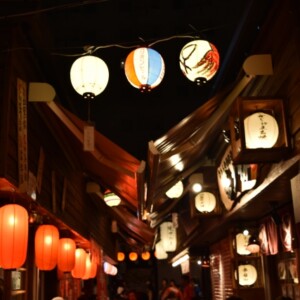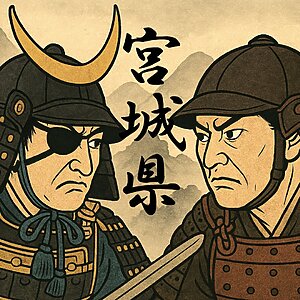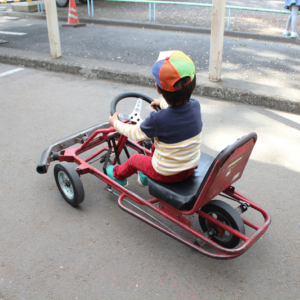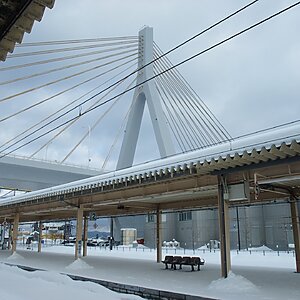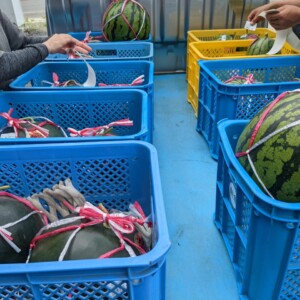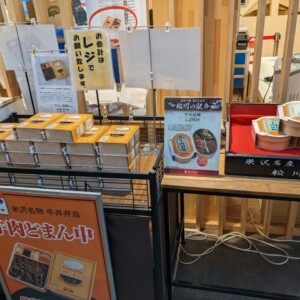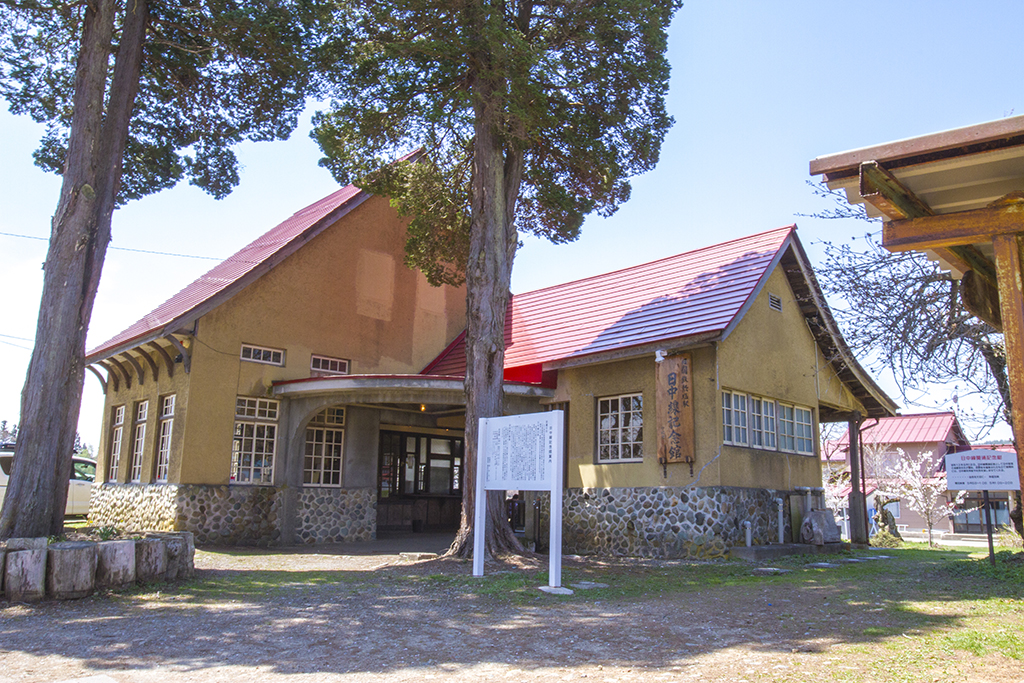
The disappearing super local line "Nicchu Line" [Fukushima Prefecture]
table of contents
Kitakata City in the west of Fukushima Prefecture, famous for its Kitakata ramen, is connected to
Ban'etsu West The Banetsu Nishi Line is a line that connects Koriyama Station in Koriyama City, Fukushima Prefecture, via Aizuwakamatsu Station in Aizuwakamatsu City, and to Niitsu Station in Niigata City, Niigata Prefecture.
It plays the role of interconnecting Nakadori in Fukushima Prefecture, Aizu, and Niigata City, and includes the SL Banetsu Monogatari , and the sightseeing train, ``SL Banetsu Monogatari,'' which connects Koriyama Station and Kitakata Station. Aizu SATONO sometimes operates on holidays.
Kitakata Station, the central station in Kitakata City, currently only receives trains from the Ban'etsu West Line, but other lines also ran through it until 1984, when JR was still the predecessor to Japan National Railways. .
Its name is `` Nicchu Line .''
What is the Japan Line?
The Nichi Line was an 11.6km National Railway line that connected
Kitakata Atsushio Station in Atsushioka city). There were three stations along the way, starting from Kitakata Station, named Aizu Muramatsu, Kamisanmiya, and Aizu Kano.
The name of the Nichi Line line comes from the Nichi Onsen hot springs
The reason why the Japan-China Line is often talked about even though it is a discontinued line is because it is a very quiet local line it is a line that conveys the image of railways in the old days
When the Chubu Line first opened in 1938, the number of trains was said to be six round trips a day.
However, the number of trains was mainly decreasing, and by around 1958, had settled down to
just three round trips a day Although the explosive spread of private cars is yet to come, it is surprising that such a number of trains are already in operation.
The service was discontinued on April 1, 1984, with only three round trips per day.
The oldest timetable I have is from September 1964, so no matter which timetable I look at, there are three round trips a day, and the times the trains run don't change much.
For example, looking at the timetable for November 1982, the following six trains are listed.
- Train 621 departs from Aizuwakamatsu at 5:17, arrives at Kitakata at 5:40, departs from Kitakata at 6:12, arrives at Atoshio at 6:41
(this train only starts at Aizuwakamatsu Station, and connects from the Ban'etsu Nishi Line to the Chubu Line at Kitakata Station) Ta) - Train 623 departs Kitakata at 16:10 and arrives at Atoshio at 16:38
- Train 625 departs Kitakata at 18:25 and arrives at Atoshio at 18:53
- Train 622 departs from Atsushio at 7:06 and arrives at Kitakata at 7:35
- Train 624 departs from Atsushio at 17:01 and arrives at Kitakata at 17:37
- Train 626 departs from Atsushio at 19:08 and arrives at Kitakata at 19:36
As you can see by looking at the time, the train arrives at Atsushio Station, turns around and returns to Kitakata Station after about 20 minutes, and this process is repeated three times a day: in the morning, in the evening, and at night.This is a very easy-to-understand operation pattern. was.
Despite its name, the Nihon Line, it was widely talked about that no trains ran during the day.
The main users of the Chubu Line were local high school students, with approximately 260 people per kilometer per day
Additionally, gypsum, silver, and copper ore were once mined in Natsushiokano Village, and cargo was transported on the Japan-China line until October 1983.
On this route, where the amount of transportation was low, freight cars loaded with freight cars were connected to passenger cars, and a locomotive pulled them all together.
This type of train is called a mixed train.
All trains on the Japan Line take about 30 minutes to cover the 11.6km route, giving the impression that they are quite leisurely, but this is due to the low operating speed of the trains in the first place, as well as the Another factor was the time allowed for loading and unloading cargo.
Steam locomotives were used to pull the trains until 1974, and this was
the last regular train for Honshu passengers to be pulled by a steam locomotive By the time the steam locomotives finished operating, many railway fans flocked to the area.
One of the locomotives that ran as the last steam locomotive in Honshu has been preserved in a static state on the ``Nichiku Line Memorial Bicycle and Pedestrian Path,'' which uses the ruins of the Nichiku Line, which will be described later.
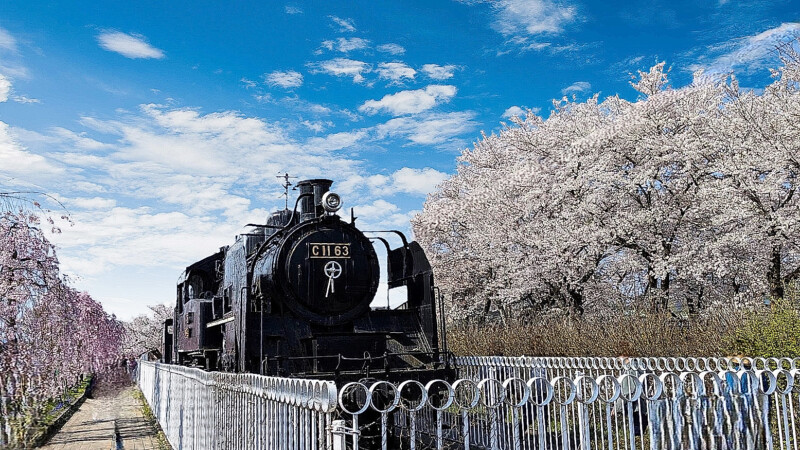
Even after steam locomotive operation ended, trains on the Japan Line continued to be pulled by DE10 diesel locomotives.
Diesel cars (self-propelled passenger cars that run on diesel fuel) were not introduced until the very end.
The Japan-China line was often talked about by railway fans, but there was no way for such a quiet local line to survive the final days of the Japanese National Railways era.
In 1980, the Japan National Railways Management Reconstruction Promotion Special Act, commonly known as the Japan National Railways Reconstruction Act, designated the Japan-China Line as the first specified local transportation line.
Specified local transportation lines are JNR lines that have few users and are suitable for conversion to buses.
Routes were designated from the 1st to the 3rd stage, and the 1st selection criteria for the Japan-Japan line was ``a dead-end route with an operating km of less than 30 km, and fewer than 2,000 passengers per 1 km per day.'' (The standards were much more lenient than those in the 2nd and 3rd editions) and were ruthlessly targeted for abolition .
The last day was March 31, 1984, and it was abolished on April 1, 1984.
Although a route bus started operating in place of the daytime line, even that route bus was discontinued in 2012, and now if you want to travel by public transportation, you have to use a demand taxi.
The Chubu Line failed to become a route connecting Yonezawa and Kitakata
The Japan-China line was not destined to become a quiet, short, local line from the time it was planned.
The prewar plan a railway from Yonezawa in Yamagata Prefecture to Kitakata in Fukushima Prefecture , and the Chubu Line was opened in 1938 as part of that plan.
The railway connecting Yonezawa and Kitakata will be connected to the current Yagan Railway Aizu Kinugawa Line and the Aizu Railway Aizu Line, etc., from Imaichi Station on the current JR Nikko Line in Tochigi Prefecture to Aizuwakamatsu. There was even a plan to connect the line to Yonezawa via the station.
If the plan had been realized, for example, express trains and limited express trains would depart from Ueno Station in Tokyo and reach Akita Station via stations such as Utsunomiya, Imaichi, Aizuwakamatsu, Kitakata, Yonezawa, Yamagata, and Shinjo. It may have been set.
There was a possibility that the Chubu Line (or equivalent line) was responsible for the bypass function of the Tohoku Main Line, which traverses the Tohoku region.
Also, the fact that Aizuwakamatsu and Yonezawa are connected by a short distance may be interesting from a Japanese historical perspective.
Both were once ruled by the famous Uesugi Kagekatsu.
Tenchijin aired in 2009 , and the main character was Kanetsugu Naoe, who served Kagekatsu Uesugi.In that year, a special train named after the drama ran from Aizuwakamatsu Station to Yonezawa Station. It may have been driven between.
Returning to reality, construction work from Atsushio to Yonezawa was suspended due to the war.
Even after the war, construction of the railway was never restarted, as it was expected that construction work to cross the large mountain pass that straddles the border between Fukushima and Yamagata prefectures would be difficult.
As a result, a transportation network connecting Kitakata and Yonezawa currently exists in the form of a section of National Route 121, but the route buses that used this road were never crowded with passengers.
Earlier, I imagined the Nichi-Line serving as a bypass for the Tohoku Main Line, but its importance as a bypass line was probably either when the Tohoku Shinkansen opened in 1982 or when the Yamagata Shinkansen opened in 1992. It should have been lost at the same time.
If that happens, it is almost certain that the number of users of the railway that crosses the Otoge Pass will become sparse, just like the historical route buses.
It may have been abolished due to low usage, or even if it had existed, its abolition might have been being discussed by now.
Japan-China Line Memorial Museum
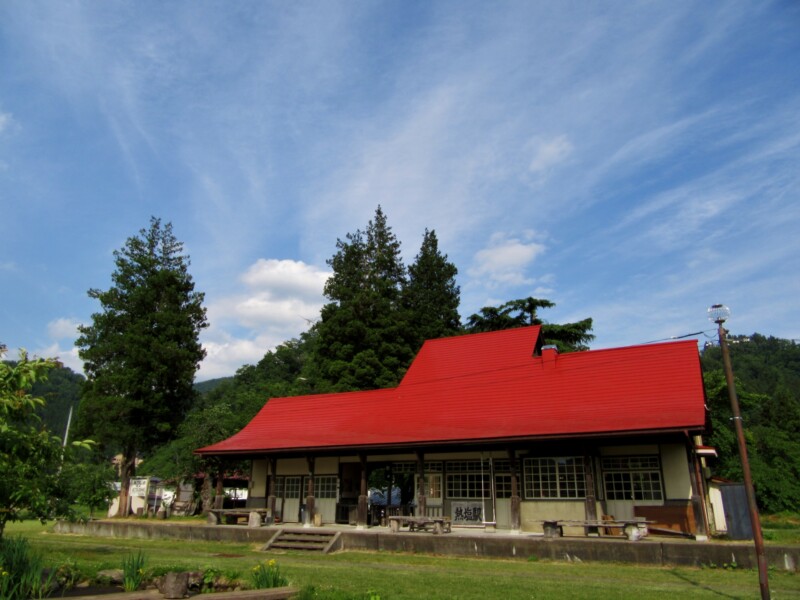
The station building of Atsushio Station, which was the terminal station of the Chuchi Line, was a nostalgic building that had been in use since 1938 when the Chubu Line opened, but when it was about to be abolished, it fell into disrepair even though it was still an active station. It was in ruins.
However, after the Chuchi Line was abolished, the station building was refurbished and preserved as
Chuka Line Memorial Museum Inside the museum, materials related to the Japan-China Line are displayed.
Also, outside the station building, Russell cars (snow plows) and passenger cars are preserved in static condition.
There are also remains of the turntable used to change direction of steam locomotives.
(However, in reality, turntables were rarely used, and steam locomotives usually ran one way in reverse.)
Information<Japan Railways Memorial Museum>
- Name: Japan-China Line Memorial Museum
- Address: 602-2 Maeda-cho, Atoshio Kano-cho, Kitakata City, Fukushima Prefecture
- Opening hours: 9:00-16:00 (exterior tours available at any time)
- Closed on Mondays, December 29th to January 3rd of the following year (exterior tours available at any time)
- Inquiry number: 0241-24-5323 (Kitakata City Culture Division)
- Introducing facilities under the jurisdiction of the Web
Google Map
Weeping cherry blossoms on the Chubu Line Memorial Bicycle and Pedestrian Path
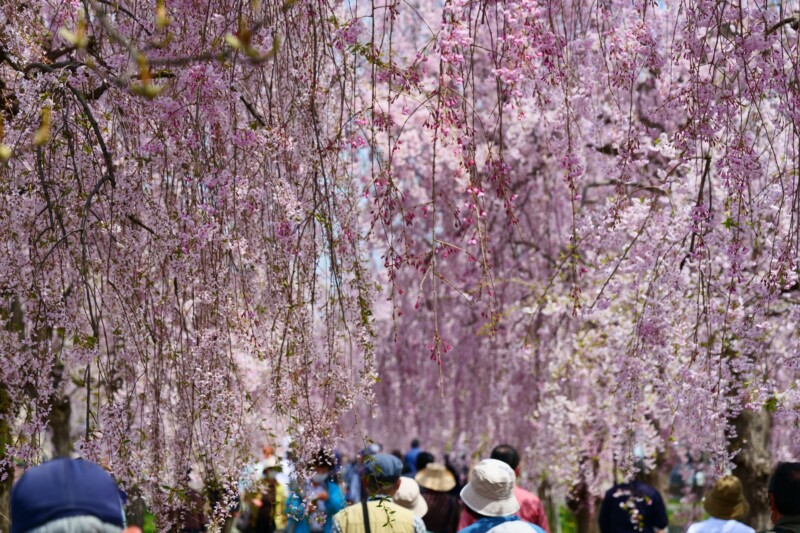
The ruins of the old Chuchi Line in Kitakata City have been developed as a
cycling road called the ``Chuka Line Memorial Bicycle and Pedestrian Path'' Approximately 1,000 weeping cherry trees are planted along the road from Kitakata Station to the next station, Aizu-Muramatsu Station.
The best time to see the weeping cherry blossoms is usually from mid-April to late April, and it is one of the most famous cherry blossom viewing spots in Fukushima Prefecture.
There is a parking lot nearby only during the cherry blossom viewing season, but it is also quaint to get off the train at Kitakata Station and walk.
Google Map
summary
Although the Japan-China Line opened before World War II, it was abolished at the end of the Showa era, with the number of trains and operation format remaining largely unchanged.
For 46 years, this railway has maintained (for better or for worse) what it was like in the pre-war era, when railways were the main form of land transportation.
As I mentioned earlier, fortunately a small amount of its remains remain, and it serves as
a reminder of what railroads were like in the Showa era If you ever travel to the Aizu region of Fukushima Prefecture, why not add Kitakata and the remains of the Japan-China Line to your travel destinations?
Please also refer to the article below for sightseeing in Kitakata.


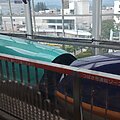
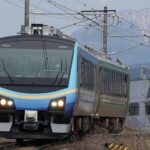



![Two years have passed since the heavy rains in August 2022... what will happen to the Tsugaru Line? [Aomori Prefecture] 29844953_m](https://jp.neft.asia/wp-content/uploads/2024/07/29844953_m-150x150.jpg)
![Appears in the first episode of the anime "Zatsu Tabi - That's Journey"! Let's go to Aizuwakamatsu City [Fukushima Prefecture] 30948239_m](https://jp.neft.asia/wp-content/uploads/2025/05/30948239_m-150x150.jpg)
![A report on the experience of "Whiskey Collection Koriyama," Tohoku's first whiskey event! [Fukushima Prefecture] Whiskey Collection Koriyama](https://jp.neft.asia/wp-content/uploads/2024/10/IMG_0751-EDIT-150x150.jpg)
![The delicacy "Anko" is a delicious winter taste on the beach! [Fukushima Prefecture] Monkfish](https://jp.neft.asia/wp-content/uploads/2022/02/2054097_m-150x150.jpg)
![A tour of the 33 remaining Kannon in Minami Aizu. "Thirty-three Kannon" certified as a Japanese Heritage Site [Fukushima Prefecture] 11_MG_9631](https://jp.neft.asia/wp-content/uploads/2022/11/11_MG_9631-150x150.jpg)
!["Negaseki" is one of the three ancient Oshu sekies that surpasses Minamoto Yoshitsune and Matsuo Basho [Tsuruoka City, Yamagata Prefecture] 3809167_m](https://jp.neft.asia/wp-content/uploads/2023/02/3809167_m-150x150.jpg)
![What is "disc dumplings" in Fukushima City? Introducing recommended shops and history [Fukushima Prefecture] Disc Dumplings 1](https://jp.neft.asia/wp-content/uploads/2023/03/31485117_m-150x150.jpg)


